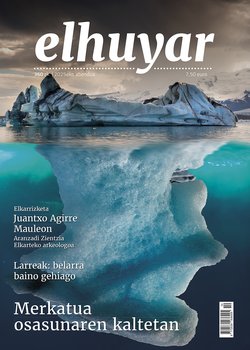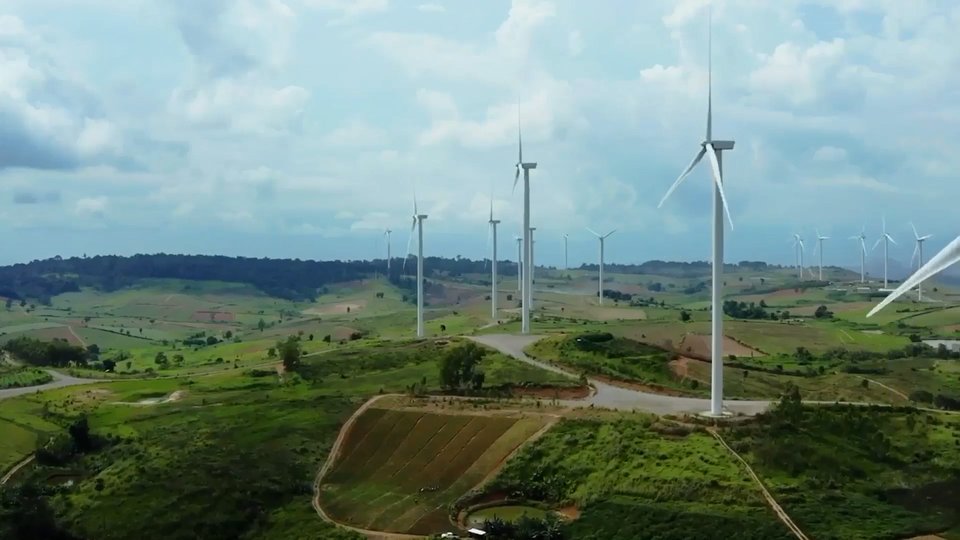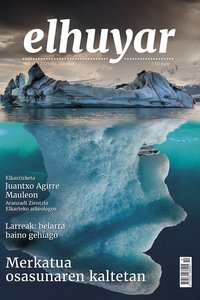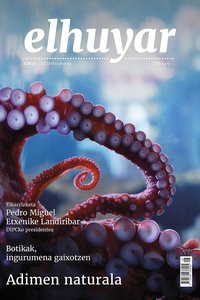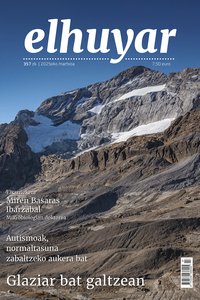The instruments made of whale bones in the Bay of Biscay during the High Paleolithic Period and their context have been studied
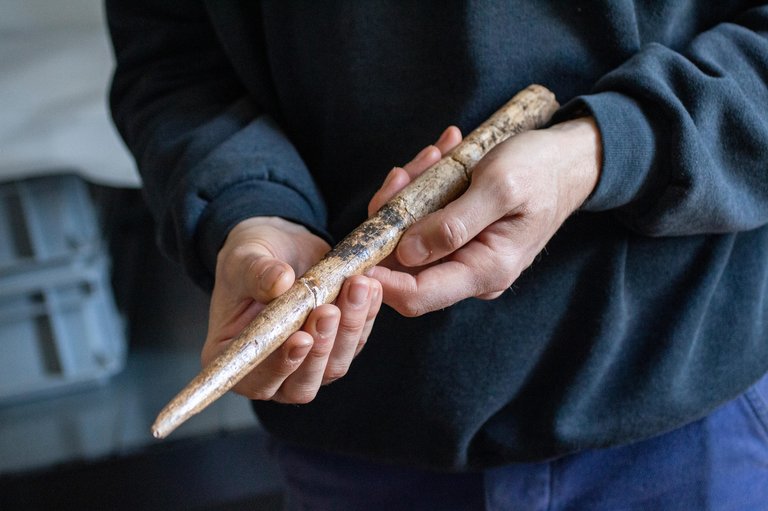
In the last ten years, several instruments made of whale bones have been discovered in the Bay of Biscay. They date from the Madeleine period (20,000-14,000 years) and, according to the researchers, are the oldest to be found. In fact, whales have been a precious resource for humans to eat and obtain other items (oil, bones, etc.). Until recently, however, no evidence of such uses was found. The research they have carried out has focused on the search, collection and analysis of instruments made of whale bones from the Bay of Biscay, obtaining valuable information about the behavior of human groups and the ecology of whales in the 200,000-14,000 years ago.
The study was led by researchers from the French Scientific Research Centre (CNRS), and included the participation of Jesús Tapia Sagarna and Eduardo Berganza Gochi from the Aranzadi Science Society. In fact, Tapia explains that they have offered pieces obtained in the fields in which they have been working for laboratory analysis, both of the tools worked and of the bone fragments. The richest site has been Santa Catalina (Lekeitio). All results have been published in Nature Communications.
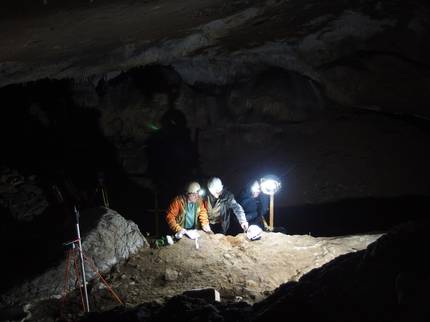
Among other things, a taxonomic study of bones has been performed using ZooMS. Thus, they have learned that they took advantage of the bones of at least five species of large whales. In addition, through the radiocarbon test, they have completed a chronology of 20,000-14,000 years, observing that the greatest diversity and variants were in 15,000-16,000 years. Finally, the analysis of carbon and nitrogen isotopes has provided information on the feeding of whales, which has also been compared with the current one. For example, the bones of the gray whale have been found, and today this species lives in the North Pacific and Arctic Oceans; and the species that the whales ate have also changed, along with the change in temperature, salinity and other environmental characteristics of the water.
Tapia points out that this study is very valuable, since until recently they did not even know that they used whale bones to make tools. “When we found bone-based tools in the fields, we identified them by their appearance. For example, deer horns and reindeer horns have two parts, one more porous and one more compact. They used the compact part to make the tools. But we found parts that, because of their diameter, length and appearance, must have belonged to something else. We knew later that they were whale bones.”
Since they discovered this, they have been looking for it, and this is how they have collected the tools and bones that they have studied in the study. He mentions that the most abundant collection is that of Santa Catalina. “This site was excavated by Berganza in the 1980s and 1990s,” recalls Tapia. However, the pieces are divided into several sites. “We haven’t found a workshop, or a place where they were prepared so that their bones could be shredded and transported from one to another. Such sites would have been close to the sea and would have disappeared. But they were hunter-gatherers, and although they met in small groups, they had a relationship with each other. So if, in view of the instruments, the same type of instrument appears in two places, we can say that they belonged to the same culture or that they shared it.”
Therefore, it has been shown that, from the west of Asturias to Aquitaine, in the Upper Paleolithic period whale bones were used as raw material for thousands of years.
Buletina
Bidali zure helbide elektronikoa eta jaso asteroko buletina zure sarrera-ontzian


